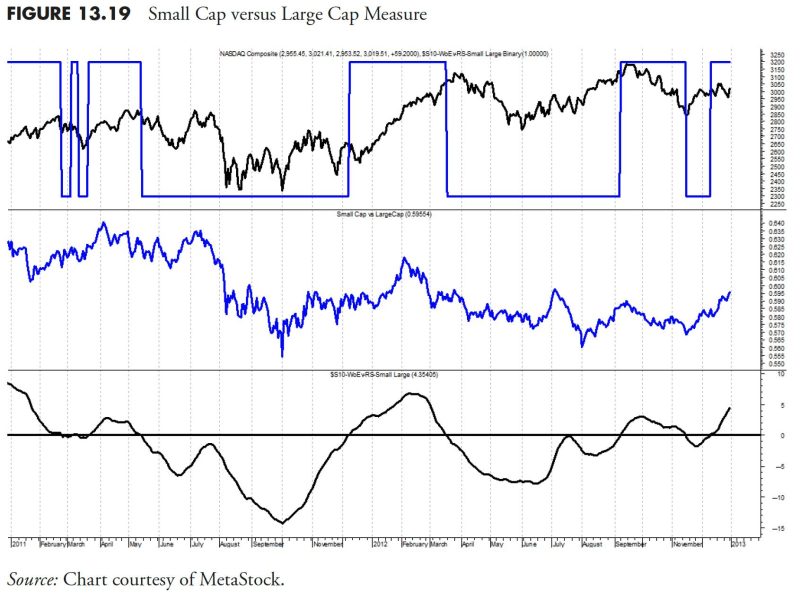
Maximize Your Earnings: Unleashing the Power of Relative Strength and More in Rules-Based Money Management – Part 3
In this article, we will delve into the significance of Relative Strength and other key measures in Rules-Based Money Management. Understanding these metrics is crucial for investors and traders seeking to enhance their decision-making processes and optimize their financial strategies.
Relative Strength, or RS, is a fundamental concept in the world of trading and investing. It provides a framework for analyzing the performance of a particular security relative to a benchmark or market index. By comparing the price movements of different assets, investors can gain valuable insights into which securities are outperforming or underperforming in a given market environment.
One of the primary benefits of using Relative Strength is its ability to identify trending securities. When a security consistently demonstrates higher RS values compared to the broader market, it is likely exhibiting positive momentum and may continue to outperform in the future. This can help investors pinpoint lucrative opportunities for capitalizing on upward trends and maximizing returns.
In addition to Relative Strength, there are several other measures that play a crucial role in Rules-Based Money Management. One such metric is the Sharpe Ratio, which quantifies the risk-adjusted performance of an investment strategy. By evaluating the return generated per unit of risk taken, investors can assess the efficiency and profitability of their portfolios.
Another important measure is the Sortino Ratio, which focuses on downside risk by considering only the volatility of negative returns. This metric is especially valuable for risk-averse investors who prioritize capital preservation and aim to minimize losses during market downturns.
Moreover, the Information Ratio is a key measure for evaluating the skill of an investment manager or strategy. By comparing the excess return generated against a chosen benchmark to the tracking error, investors can gauge the level of skill and alpha generation present in their portfolios.
Overall, incorporating Relative Strength and other essential measures into Rules-Based Money Management strategies can provide investors with a comprehensive framework for making informed decisions and achieving their financial objectives. By leveraging these metrics effectively, investors can enhance their risk management practices, identify profitable opportunities, and ultimately optimize their returns in the dynamic world of finance.
